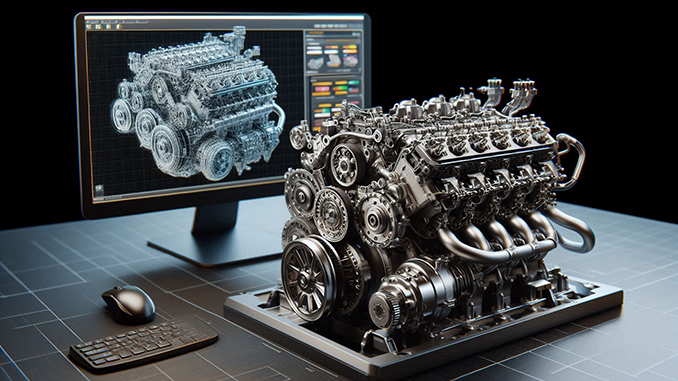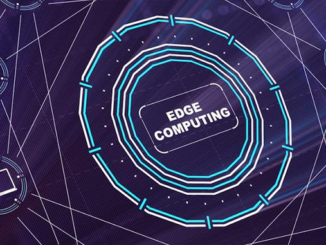
Imagine having a virtual replica of any physical asset that allows you to test, optimize, and predict outcomes without interacting with the real-world counterpart. This is the essence of Digital Twins – a technology that is transforming industries by merging real-time data with advanced simulations. As we march into 2025, Digital Twins are becoming indispensable tools for innovation, enabling smarter decision-making and enhanced operational efficiencies. In this post, I explore why Digital Twins are getting crucial in 2025, the advancements on the horizon, real-world implementations making waves, and the significant value they offer to both businesses and society.
Strategic importance in 2025
Digital Twins are set to become a top technology in 2025 due to their ability to solve multi-billion-dollar challenges across various sectors. By creating virtual replicas of physical assets, systems, or entire environments, Digital Twins enable businesses and governments to make smarter, faster, and more efficient decisions. As data collection through IoT sensors becomes more sophisticated, Digital Twins provide invaluable insights that drive innovation and sustainability. Their strategic importance lies in their capacity to enhance operational efficiency, reduce costs, and foster a deeper understanding of complex systems, making them essential for staying competitive in an increasingly data-driven world.
Notable advancements and innovations
Looking ahead to 2025, Digital Twins will experience significant advancements, particularly through the integration of AI and IoT. AI-powered Digital Twins will offer even greater precision in predicting outcomes, such as forecasting machine failures well in advance, thereby preventing costly downtimes. In urban planning, Digital Twins like Virtual Singapore will enable real-time optimization of traffic flow and energy usage, contributing to more sustainable and livable cities. Additionally, improvements in real-time data processing will enhance the speed and accuracy of these virtual models, making Digital Twins more reliable and effective than ever before.
High-impact implementations
Digital Twins are already delivering impressive results across various industries. In manufacturing, Siemens employs Digital Twins to simulate and optimize production lines, reducing downtime by up to 30%. This not only saves costs but also enhances overall productivity. In the energy sector, GE Vernova uses Digital Twins to monitor wind turbines, increasing efficiency and cutting maintenance costs through real-time data analysis. Urban planners are leveraging Virtual Singapore to create a comprehensive 3D digital replica of the city, allowing for meticulous planning and infrastructure development before any physical construction begins. These implementations showcase Digital Twins’ versatility and their ability to drive substantial improvements in efficiency and innovation. (And they launched this project already back in 2014.)

Value to business and society
Digital Twins offer immense value to businesses by translating data into actionable insights, leading to reduced costs and accelerated innovation cycles. For example, Rolls-Royce utilizes Digital Twins to monitor jet engines in real-time, ensuring optimal performance and safety while minimizing maintenance costs. In the retail sector, companies like Amazon are employing Digital Twins to design more efficient fulfillment centers, enhancing logistics and customer satisfaction. They now even have an AWS IoT TwinMaker solution for those who wish to create their own Digital Twins.
On a societal level, Digital Twins are revolutionizing healthcare and urban development. In healthcare, Digital Twins of organs enable surgeons to practice and perfect procedures virtually, improving surgical outcomes and patient safety. Cities adopting Digital Twins can optimize energy consumption, reduce emissions, and enhance overall sustainability efforts. Essentially, Digital Twins are not just tools – they are enablers of a smarter, more efficient, and sustainable future. 🙌🏼
Strategic advice for business and tech leaders
To effectively integrate Digital Twins into your business strategy, leaders should start by identifying critical assets—be it machinery, infrastructure, or systems—that can benefit from virtual replication and real-time monitoring. Partnering with established platforms like Siemens Insights Hub, Azure Digital Twins, or AWS IoT TwinMaker can facilitate the adoption process and ensure you have access to the latest technologies and support. Additionally, investing in robust IoT and AI integration is crucial, as the quality and accuracy of your Digital Twins depend heavily on the data they receive. By prioritizing these areas, leaders can unlock the full potential of Digital Twins, driving innovation and efficiency within their organizations.
Closing thoughts
Digital Twins represent a groundbreaking shift in how we interact with and understand the physical world. They bridge the gap between data and decision-making, providing a powerful tool for innovation and efficiency. As we go into the depths of 2025, businesses and cities that embrace Digital Twins will not only enhance their operational capabilities but also pave the way for a more sustainable and intelligent future.

If you wish to learn more about how to manage emerging digital technologies, don’t hesitate to purchase my book Mastering New and Emerging Technologies for Innovation released in 2025 where I present a model (TMM-NET) for evaluating the timely maturity of emerging technologies and walk you through 43 emerging digital technologies.





Be the first to comment